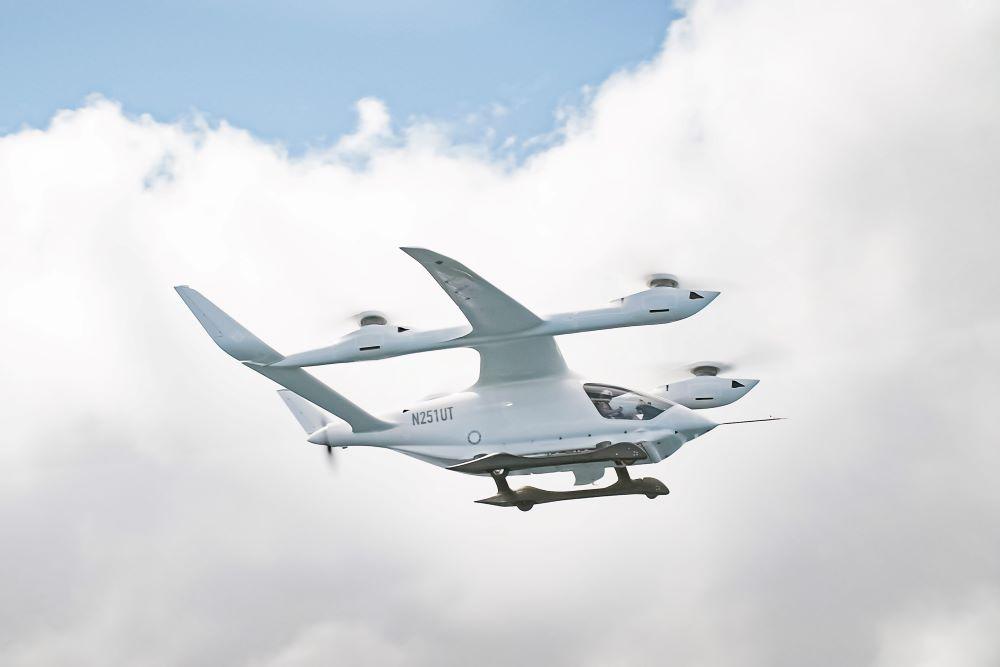
Beta Technologies says it first flew a hybrid version of its ALIA eVTOL in fall 2023.
Credit: Beta Technologies
In a significant shift of its strategy, the U.S. Air Force’s AFWERX Agility Prime program has acknowledged that the battery-powered electric-vertical-takeoff-and-landing (eVTOL) aircraft it has been funding and testing over the past four years lack the range necessary to be useful over the vast...
AFWERX Says Agility Prime eVTOLs Lack Range, Shifts To Hybrid is available to both Aviation Week & Space Technology and AWIN subscribers.
Subscribe now to read this content, plus receive critical analysis into emerging trends, technological advancements, operational best practices and continuous updates to policy, requirements and budgets.
Already a subscriber to AW&ST or AWIN? Log in with your existing email and password.





